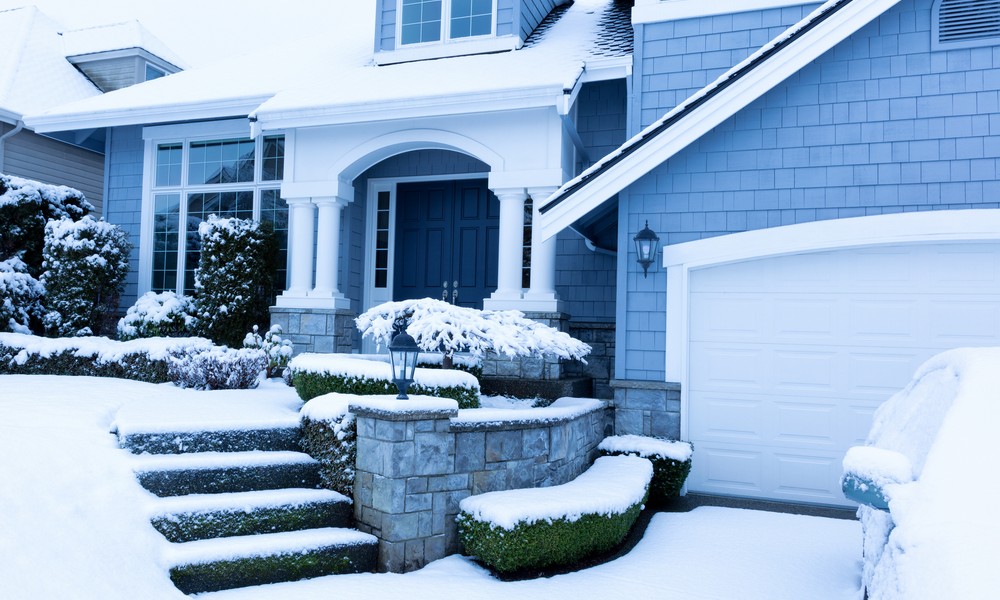
At Sears Imported Autos, we care about more than just your safety while driving—we care about the safety of you and your loved ones at home, too. Home preventative maintenance, just like with your vehicle, involves taking simple steps now to help you avoid potentially costly home repairs in the future. One common household hazard that's easy to protect against is freezing pipes.
Why do (certain) pipes freeze?
Water expands when it freezes, so when water sits in your home’s plumbing during the cold winter months, it can freeze, which puts tremendous pressure on pipe joints. Whether you have plastic or metal plumbing, if the pipes are exposed to the cold, the threat of freezing is always a possibility. The most at-risk plumbing runs on exterior walls that have little or no insulation, under the home in unheated interior areas like basements or crawl spaces, or outside the home to exterior hose bibs, spigots, water sprinkler lines, or swimming pool supply lines.
How to help protect your pipes
There are several steps you can take to protect these kinds of exposed pipes from freezing:
- Whenever there is a forecast for near-freezing weather (any forecast with a low of 35°F or less), make sure to drain all exterior lines (sprinklers, pools, fountains, etc…) and hose bibs or spigots.
- After draining exterior lines, disconnect any temporary hoses and leave valves open so any water left in the lines can expand freely.
- If it’s not possible to cut off the water supply to these lines, leave the valves partially open to allow the least drip possible. Even minimally flowing water inside the pipes can prevent freezing to the point of bursting.
- For greater protection, homeowners can insulate exposed pipes using inexpensive (but effective) materials like a pipe sleeve, UL-listed heat tape, heat cable, or similar materials, all available at your local hardware supply store.
What to do if your pipes freeze
If you do encounter frozen pipes, usually evident by diminished or no flow, you may be able to thaw them before they burst. To do so, keep the faucet open first. As you work to thaw the blockage, the flowing water will help melt remaining ice in the pipe. Apply heat to sections of the pipe you suspect have frozen, usually where the pipe is most exposed to the elements. Use indirect heat from sources like heating pads, electric hair dryers, space heaters, or even by wrapping pipes with towels soaked in hot water. NOTE: Never use direct heat from open flame devices, like blow torches or propane heaters. Apply this indirect heat until full water pressure is restored, and be sure to check other faucets and pipes. (If one is frozen, there will probably be others.)

